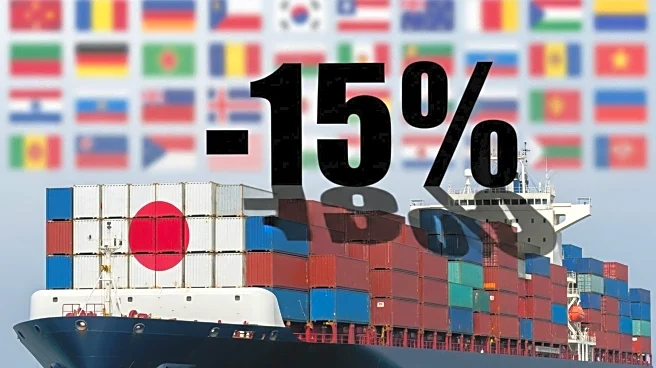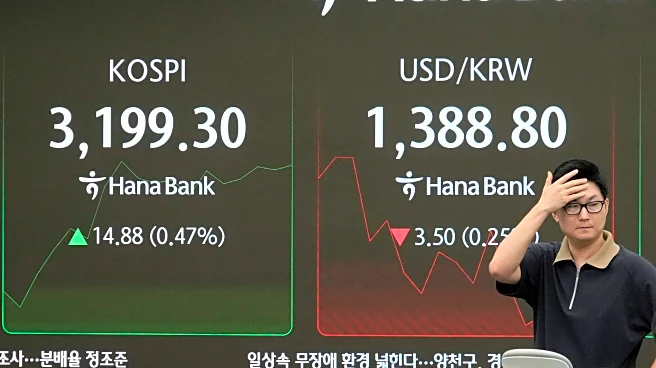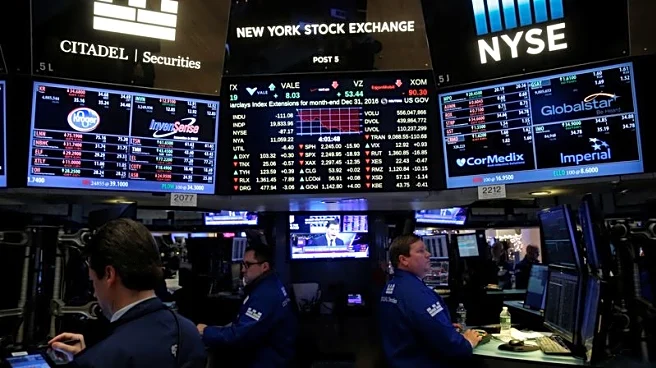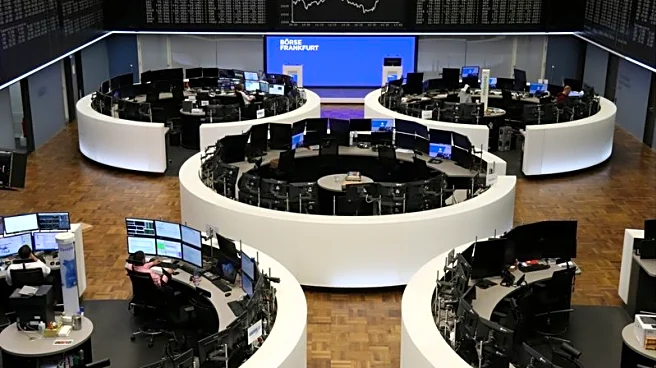What's Happening?
In 2025, the U.S. labor market and trade policy shifts are driving strategic changes in Asian markets. The August nonfarm payrolls report indicated a modest addition of 75,000 jobs, suggesting a cooling labor market. This has led investors to anticipate Federal Reserve rate cuts, affecting global capital flows. Concurrently, the Trump administration has reduced Japanese auto tariffs from 27.5% to 15%, providing relief to Japanese automakers like Toyota and Honda. This move is reshaping competitive dynamics in Asia's export-driven sectors, with Japanese firms leveraging their hybrid-electric vehicle expertise to gain a competitive edge.
Why It's Important?
The reduction in tariffs on Japanese autos is significant for both U.S.-Japan trade relations and the broader Asian market. It alleviates a substantial profit hit for Japanese automakers and signals a recalibration of trade relations, with Japan committing substantial investments in the U.S. This development is crucial for investors, as it presents opportunities in sectors like Japanese autos, Indian software services, and South Korean defense and AI-driven semiconductors. The anticipated Fed rate cuts could further boost liquidity in Asian markets, benefiting export-driven economies by reducing the cost of dollar-denominated debt.
What's Next?
As the Fed rate cuts loom, Asian markets are expected to experience increased liquidity, enhancing corporate margins and potentially attracting foreign investments. Japanese equities, particularly in autos and electronics, may see a surge in foreign inflows. Investors are advised to focus on sector-specific opportunities, leveraging tariff relief in autos, structural demand in services, and AI-driven growth in tech. The strategic rebalancing in Asia will continue to evolve, driven by U.S. economic signals and trade policy shifts.













